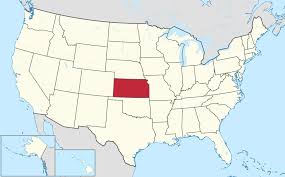Was Kansas’ Tax-Cut Experiment Successful?
< < Go Back
Three years ago, Kansas enacted the biggest tax cut of any state, relative to the size of its economy, in recent history. Lawmakers reduced the top rate on the personal income tax to 4.9 percent from 6.45 percent. They also eliminated the income tax for small business owners who file as individuals, a broad group that includes sole proprietors, limited liability partnerships and S-corporations.
– In March 2013, unemployment in Kansas stood at 5.5 percent. It has since dropped to 4.2 percent, tied for 14th lowest in the country.
– From 1998-2012, Kansas ranked 38th in private-sector job growth. In 2013 – the first year after the tax reform – the state climbed to 27th place, and in 2014 it moved to 21st, placing it in the top half of states.
– In the second half of 2014, hourly wages in Kansas grew 3.5 percent, far faster than the national average of 1.9 percent.
Then there is the Kansas City metropolitan area, a living laboratory that straddles the border with Missouri.
– In Kansas City, the top personal income-tax rate is now 4.9 percent, beginning at $15,000 for single filers; in Missouri the top 6 percent rate starts at $9,000.
– Over the past two calendar years, private-sector jobs increased by 5.6 percent on the Kansas side and only 2.2 percent on the Missouri.
– In the same period, hourly wages grew $1.22 on the Kansas side, compared with $0.61 on the Missouri side.
Critics contend that governor Brownback’s tax cuts have blown a hole in the state budget — $344 million in the 2015 fiscal year and $600 million in the next. The governor is filling those gaps by moving money from highway projects and delaying some public pension contributions. He has also proposed raising cigarette and alcohol taxes and pausing some of the tax cuts still scheduled to take effect. But he insists the state will maintain a balanced budget.
More From NCPA:




